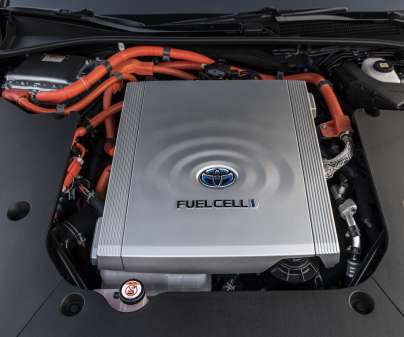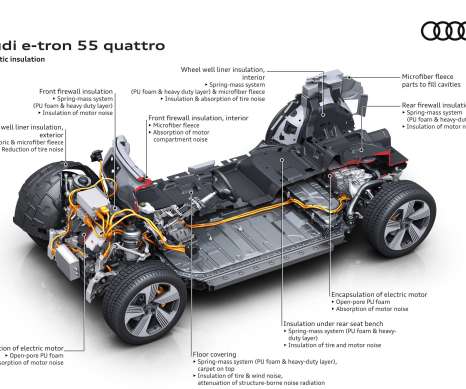DOE to award up to $6.7M to projects to convert captured CO2 to useful products, including fuels
Green Car Congress
AUGUST 26, 2016
DOE’s Office of Fossil Energy is seeking these projects as part of the Department’s Carbon Storage program, which has the goal of developing and advancing technologies to improve the effectiveness of carbon storage, reduce the cost of implementation, and be ready for widespread commercial deployment in the 2025–2035 timeframe.
















Let's personalize your content